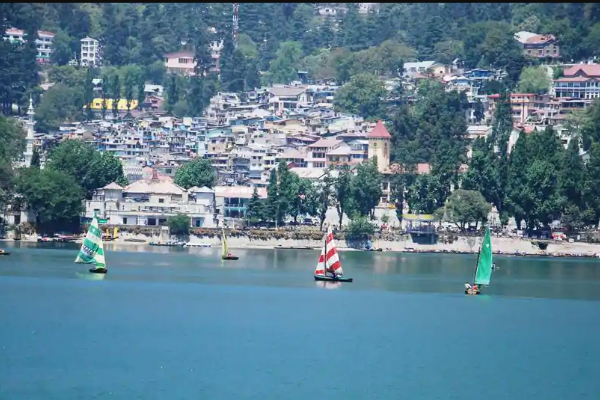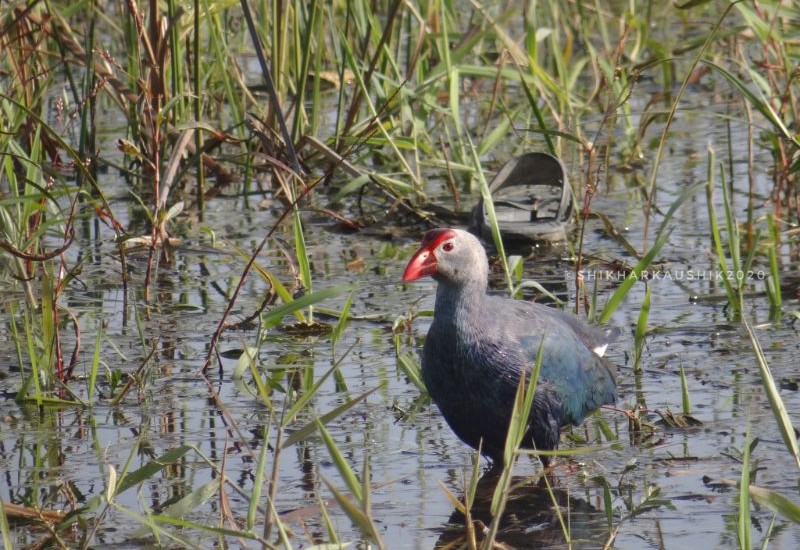Outreach
Workshop/ Seminar/ Awareness Activity/ Blog/ Press Release

Workshop
Science Policy Dialogue: Air Pollution in HKH Region - Insights and Knowledge
Date: 5th December 2022
Venue: Hotel Pacific, Dehradun
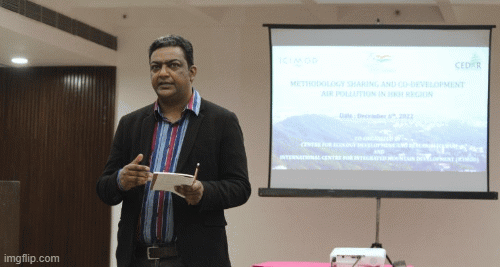
Springshed Management; Learnings and Way Forward
Date: 29th September 2022
Venue: Hotel Pacific, Subash Road, Dehradun
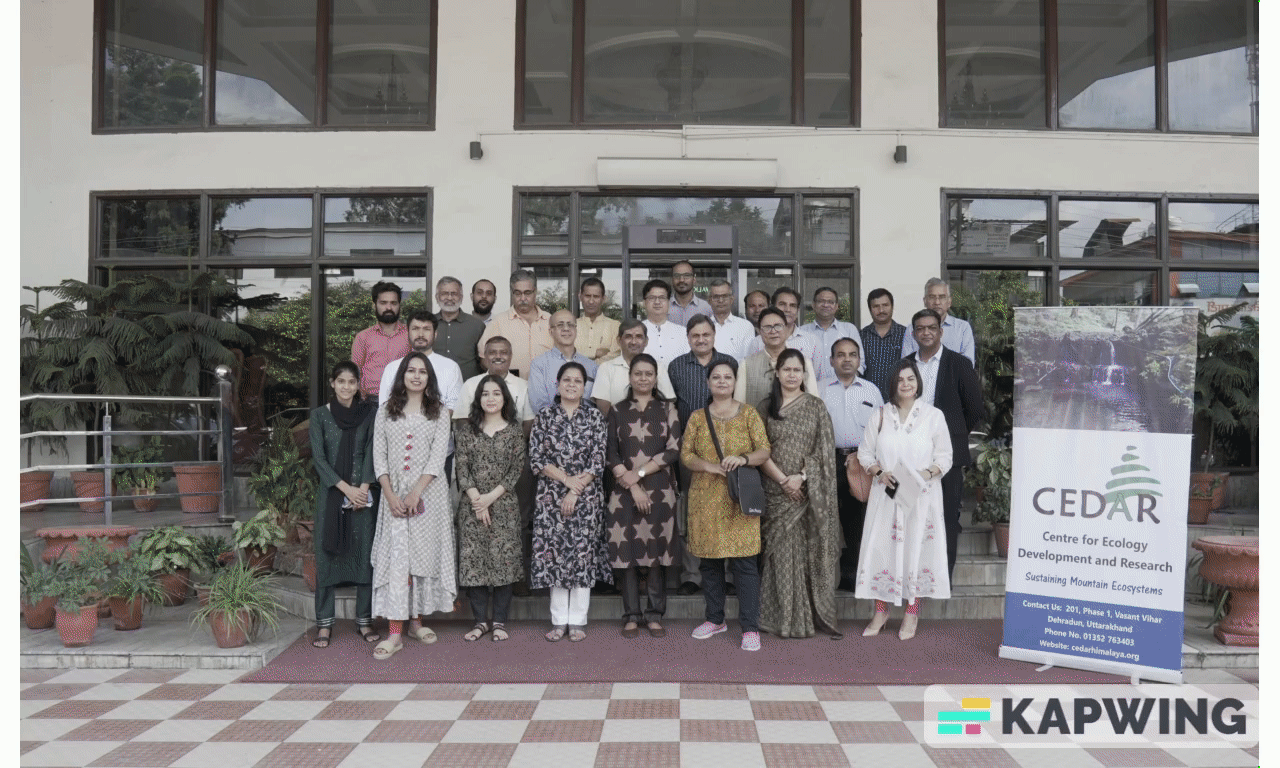
Multi-Stakeholder Workshop for Integrated Management of Pong Dam Lake Ramsar Site
Date: 24th August 2022
Venue: D C office, Dharamshala, HP
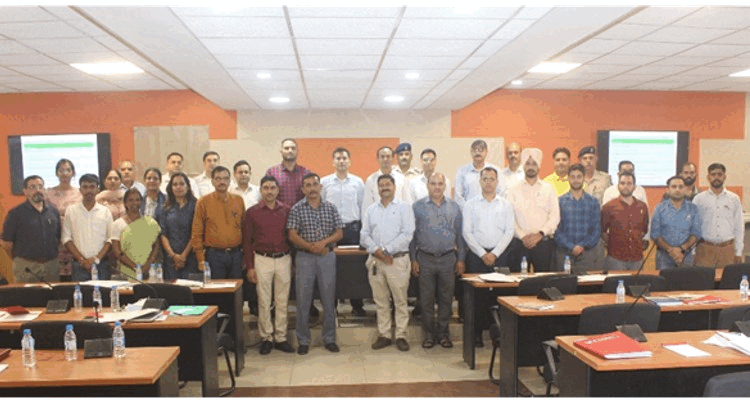
CEDAR organized a workshop on - Forest Fires in Western Himalayas Blending Science Technology and Traditional Knowledge
Date: 17 th August, 2022
Venue: Dehradun

Keeping the grand global challenges in mind and the restoration targets of India by 2030, CEDAR in partnership with HPFD (Himachal Pradesh Forest Department) organised a workshop in Himachal Pradesh.
Date: 2nd April, 2022
.gif)
The Workshop was organized by the Lake Development Authority (LDA) with the help of CEDAR. The meeting was about the “Sukhatal Rejuvenation Plan” and was held to discuss the significance of Nainilake, implementation strategy of the project, materials and methods involved in its constructions. Dr Vishal Singh and Dr AnvitaPandey proposed nature-based solutions and soft landscaping for Sukhatal revival, and strongly recommended to avoid concretisation on the bottom of the lake and use clay material which percolates and benefits aquifers.
Sukhatal Rejuvenation Plan:
Date : 21,July, 2021
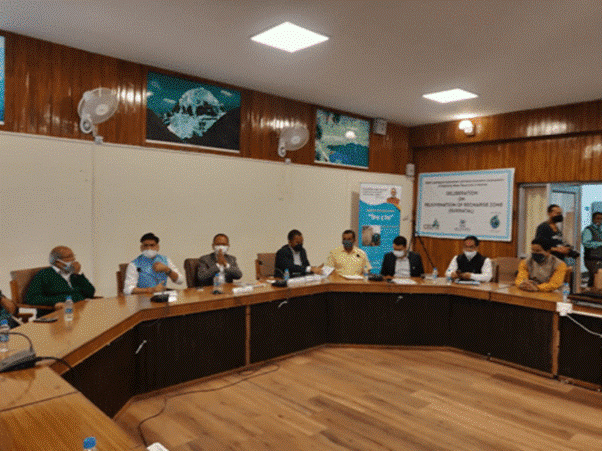
CEDAR coordinated a workshop under the project - Assessment of Ecosystem Services Provided by the Renuka Wetland and the Surrounding Communities Dependence on these Services for their Livelihood and Cultural Practices.
A project dissemination workshop was conducted by the lead organization PSI and CEDAR. The partners, stakeholders and community members of the projected attended the workshop for a lively discussion on the findings of the year-long study on Renukaji wetland and its ecosystem services. A presentation was made by Dr Debashish Sen (Executive Director, PSI), culminating the findings of the study.
Date: 28th January, 2021

The Workshop was Organized by Beneficiaries / Stakeholders of Renukaji Wetland with the Objective of Listing and Prioritizing Direct and Indirect Benefits
Date: 23rd January, 2020
Venue: Dadahu, Himachal Pradesh
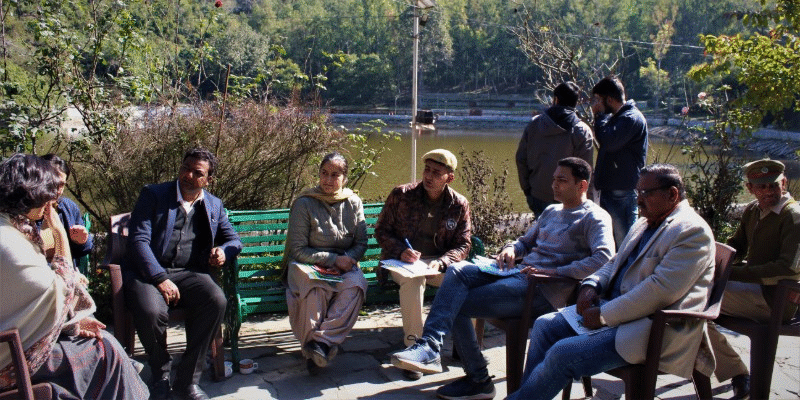
Under CAMPS project funded by IDRC, Canada, CEDAR organized a project dissemination workshop to support the knowledge transfer and practical application of the results done in the project.
Date: 25th September, 2019
Venue: Dehradun, Uttarakhand
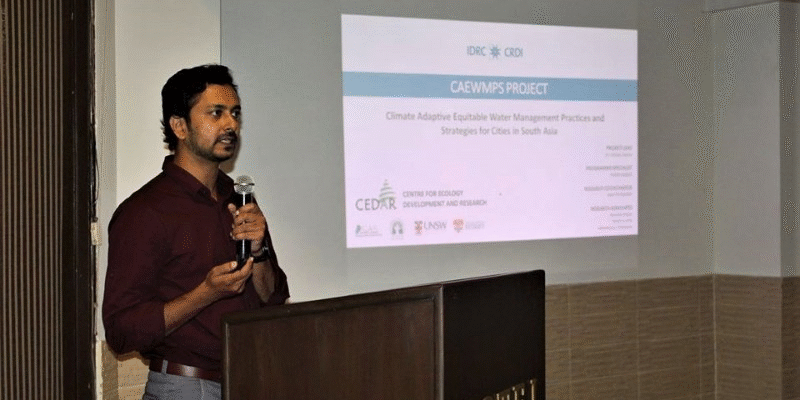
CHIRAG collaborated with CEDAR to coordinate a state level workshop on spring revival sponsored by Aarghyam. The meeting comprised of Hydro-geologists, ecologists, civil society and policy makers. The members from DST NITI Ayog and Ministry of Water Resources were also present.
Date: 17th August, 2018
Venue: Dehradun, Uttarakhand
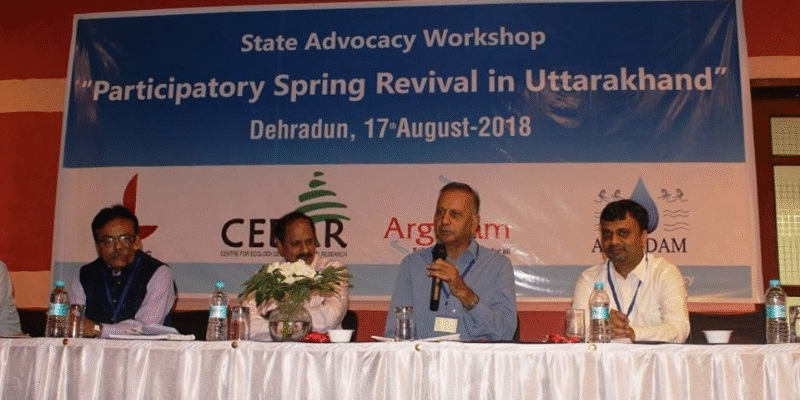

Seminar
A webinar was organised by CEDAR to present the findings of the project titled, - Feasibility Assessment of Biogas and Evaluating other Alternate Energy Sources in the Mid Mountainous Region of Uttarakhand.
Final project dissemination was moved online due to the impacts of the corona virus. The webinar was attended by several NGOs and funding agency who collaborated throughout the project. A video documentary and a five-set user manual for biogas management system were also presented during the webinar.
Date: 10th January, 2021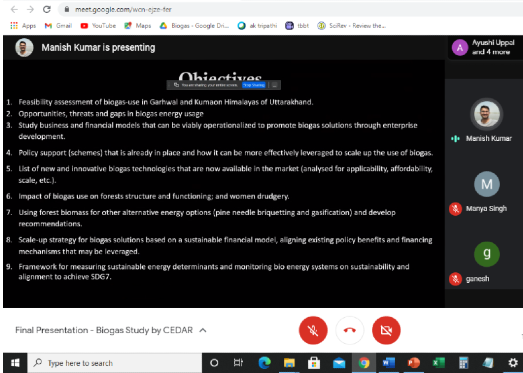
CEDAR organized a seminar on "Ecosystem Services in the context of Green Bonus and Ganga Bonus", an initiative taken by Dr. Bharat Jhunjhunwala, Prof. S.P Singh and Dr. Ravi Chopra.
Date: 11th October, 2019
Venue: Dehradun, Uttarakhand
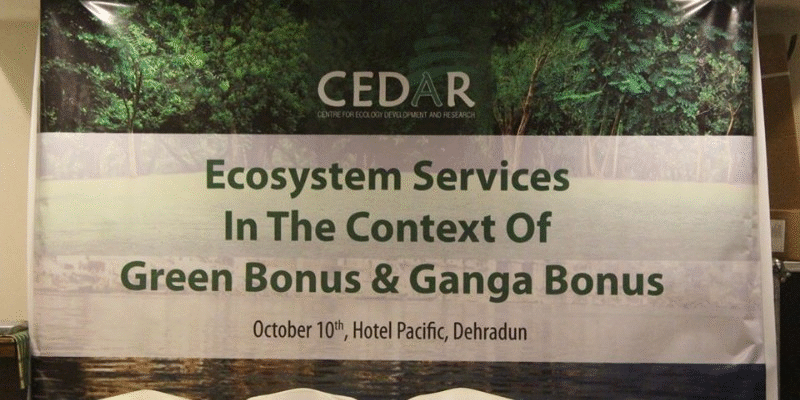

Awareness Activity
Cricket tournament was hosted by CEDAR under a Project "Mainstreaming the Role of Ecosystem Services in Water Supply of Nainital” funded by ICLEI South Asia, which is actively working on learning, models, approaches and best practices developed across 10 pilot cities in Asia funded by the Rockefeller Foundation.
Date: 18th April, 2018
Venue: Nainital, Uttarakhand
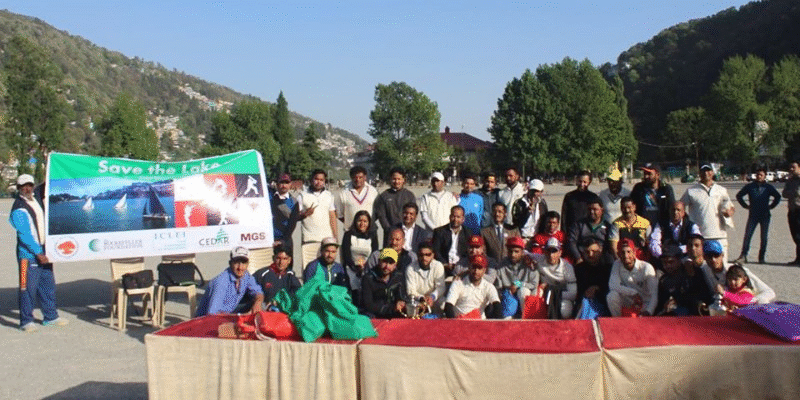

Blog
One Swallow does not the Summer Make
Beauty is only skin deep
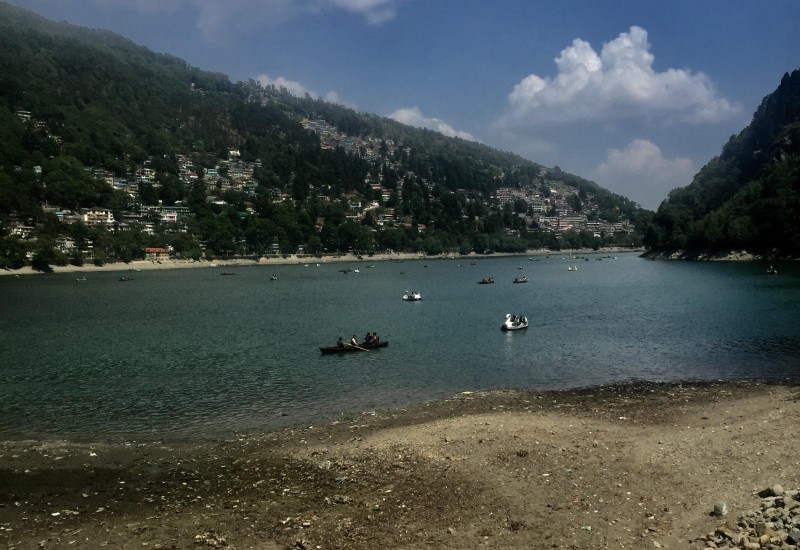
Water Woes

CEDAR takes to the Radio Waves

The morning I met Noon
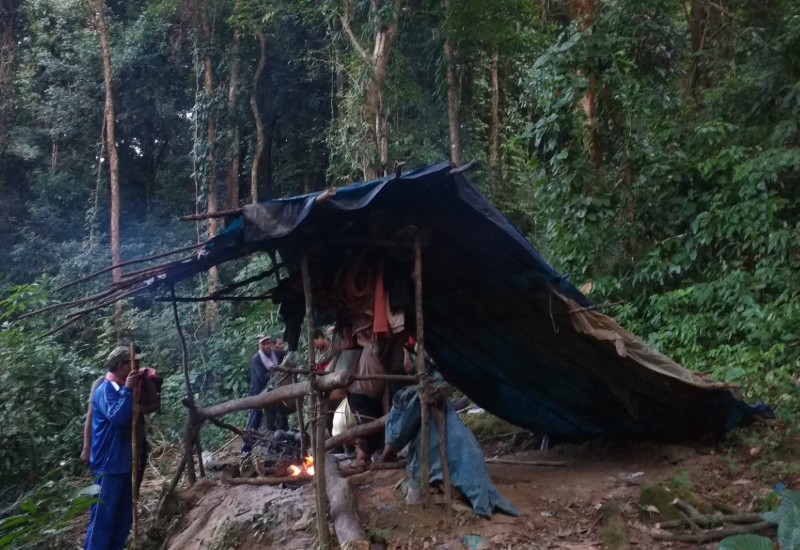
Multiple cavities by Woodpecker in a single tree


Press Release
.jpg)
Mangar forests a crucial bird habitat
http://timesofindia.indiatimes.com/articleshow
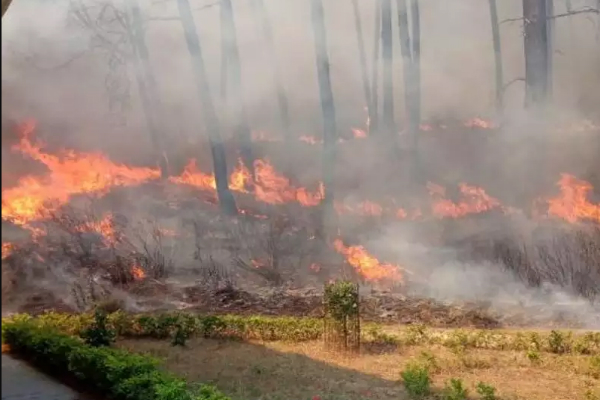
Massive Wildfires in Uttarakhand, Almora, Nainital Worst Hit
http://timesofindia.indiatimes.com/articleshow
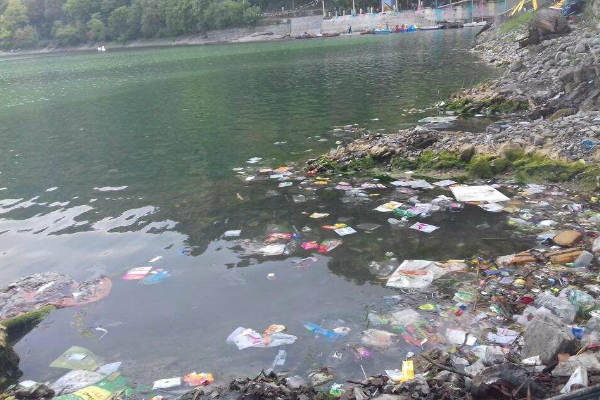
Over-exploitation of water resources Nainital’s Ecology
https://www.hindustantimes.com/dehradun
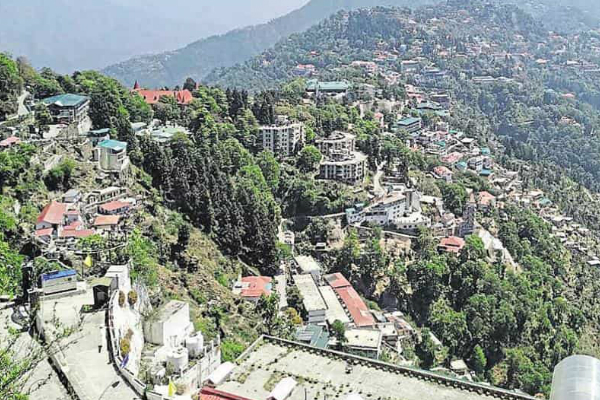
Threats to Mussoorie’s ecology due to overexploitation, demographic changes
https://www.hindustantimes.com/dehradun/threats-to-mussoorie-s-ecology
